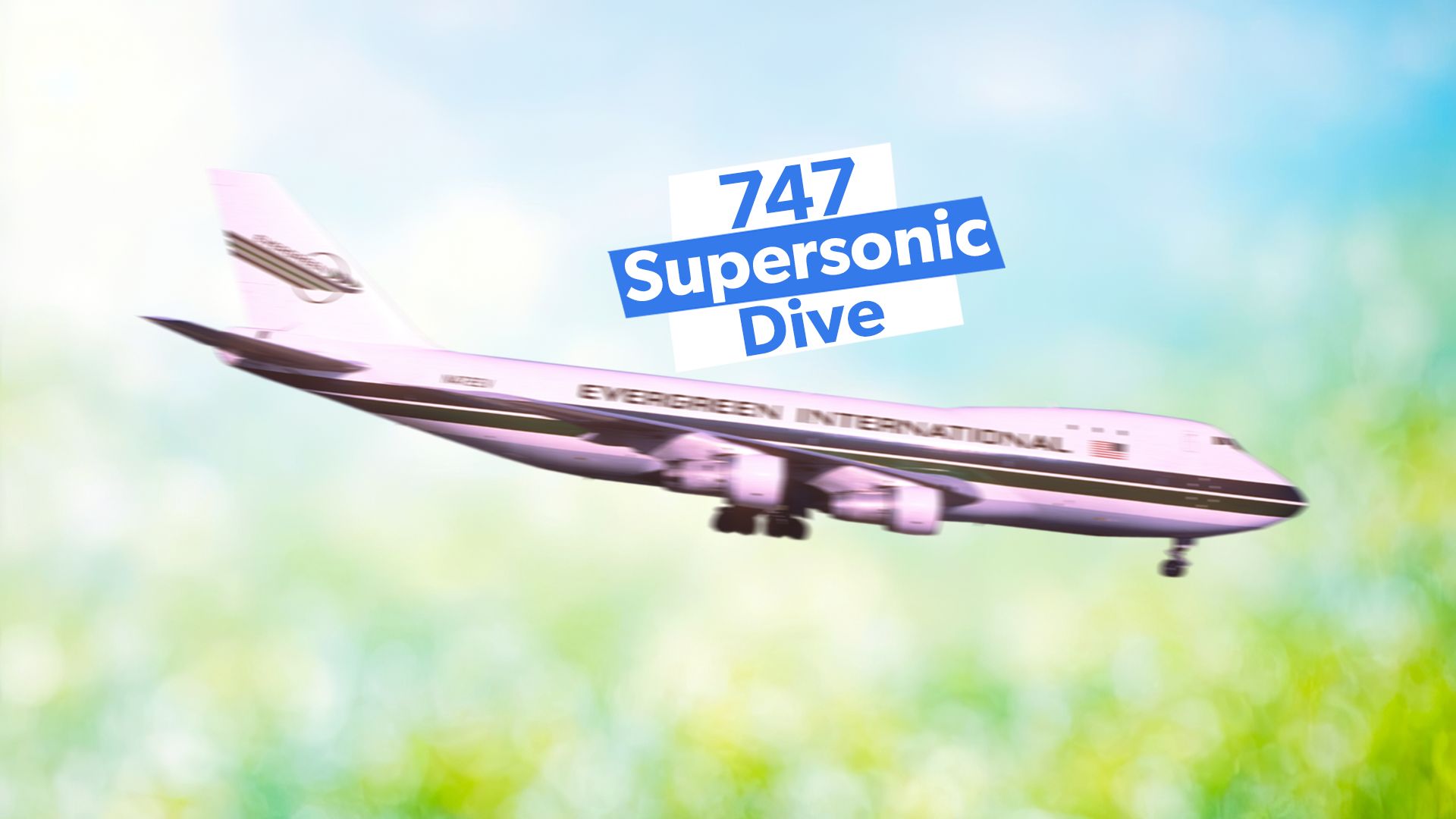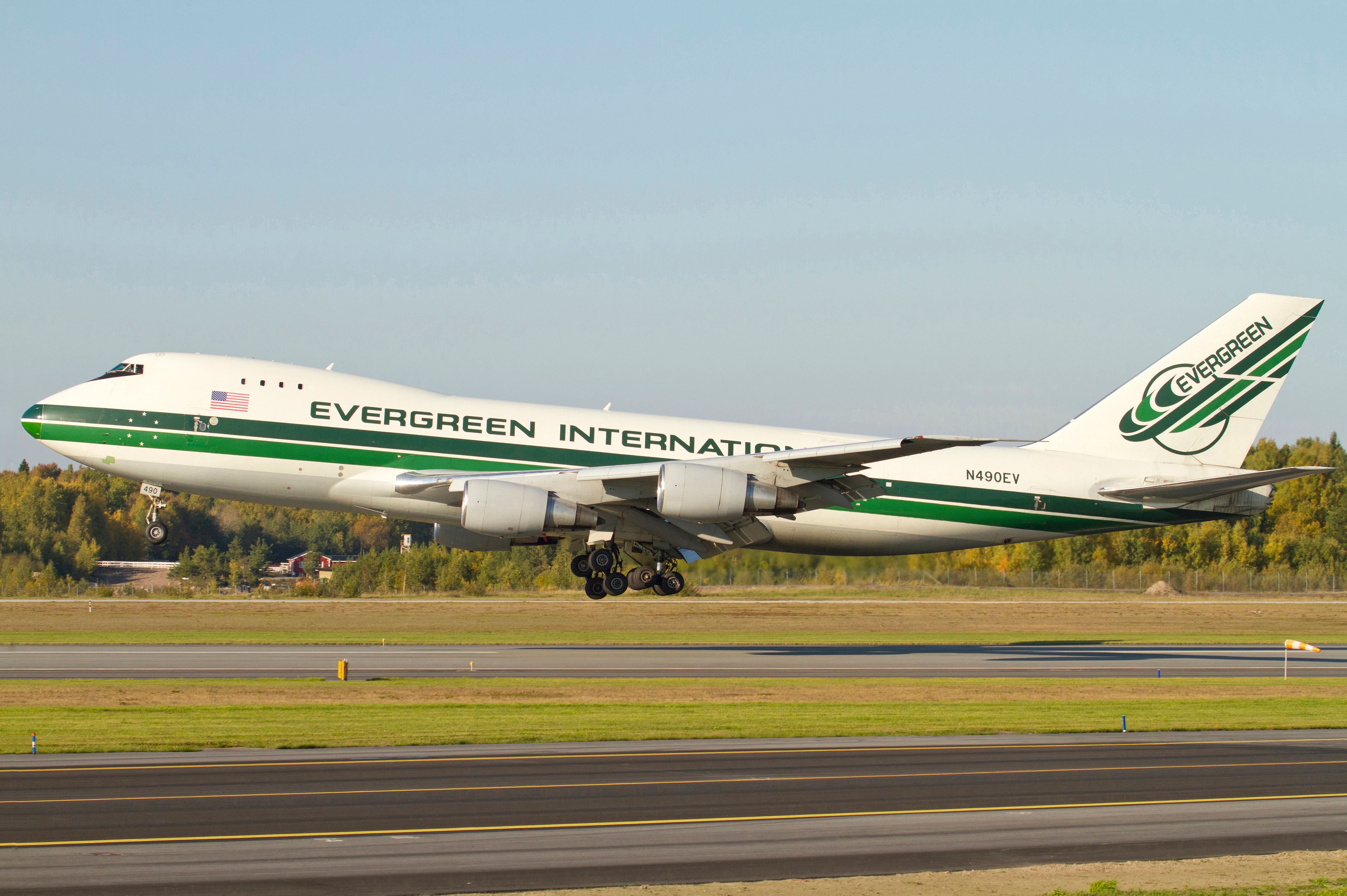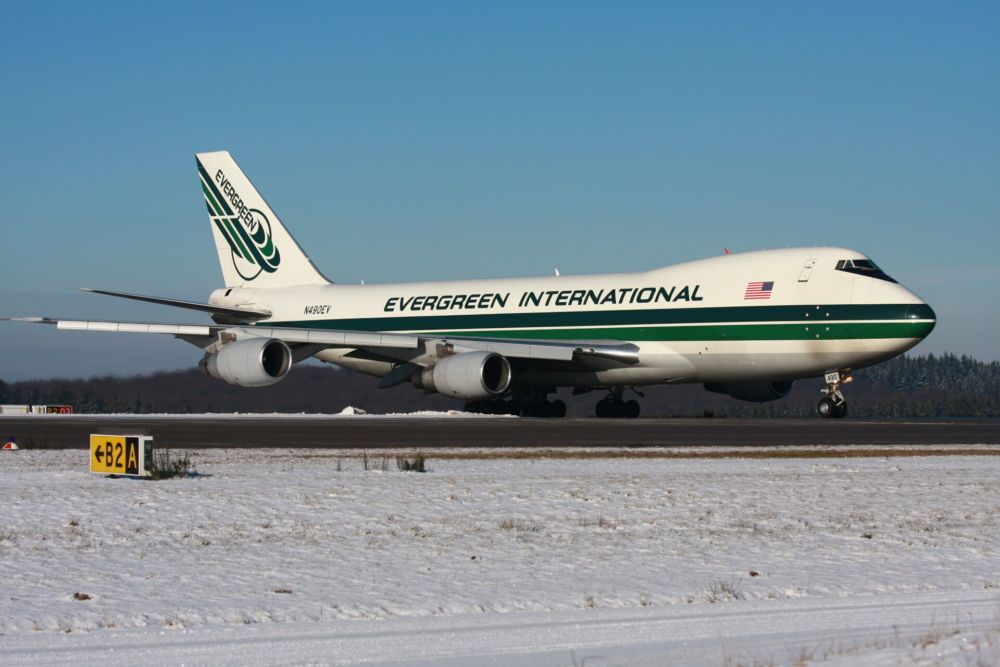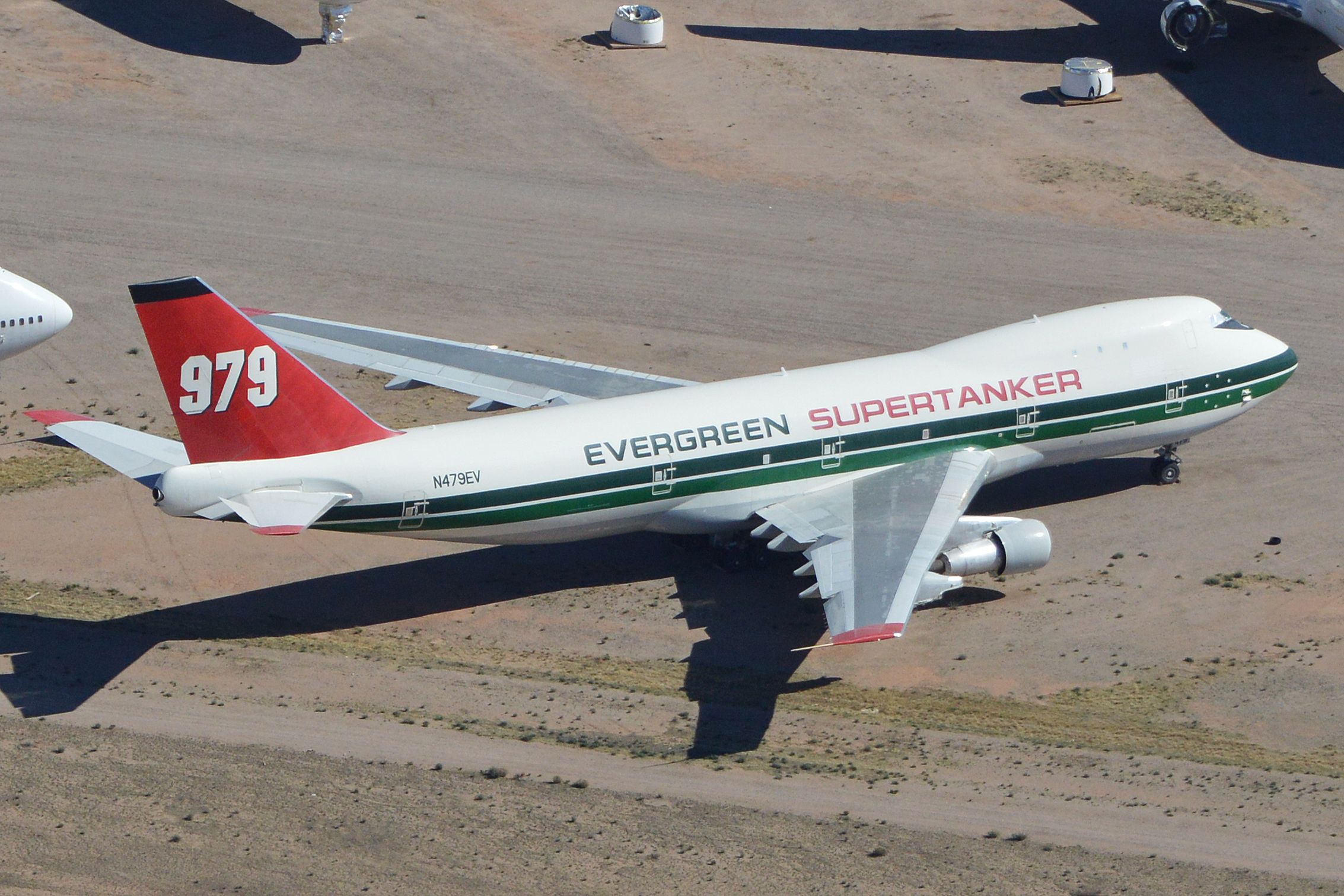Summary
- A Boeing 747 cargo jet reached high supersonic speeds during an emergency descent in 1991.
- The crew noticed a rapid descent and an unprecedented 90-degree tilt in the aircraft.
- The 747 reached speeds beyond Mach 0.92, possibly up to Mach 1.25, during the emergency.
Did you know that a cargo-carrying Boeing 747 once inadvertently flew supersonically? Reports from 1991 suggest that the aircraft reached a speed of Mach 1.25 while rapidly descending due to a malfunction. While this was never confirmed, this could be the fastest that a commercial Queen of the Skies has ever flown.
Sudden drop
According to This Day In Aviation, December 12th marks the date of a notable event in history. We all know that the Concorde and the Tupolev Tu-144 were the only commercial aircraft designed to reach supersonic speeds. But what if a Boeing 747 did the same? An incident in 1991 could have seen it happen.
The story begins on an Evergreen International Airlines Boeing 747-100F, registered as N475EV. The aircraft had recently been converted to a freighter for the use of charter operator Evergreen. On December 12th, 1991, the plane was flying from New York John F. Kennedy International Airport (JFK) to Tokyo, stopping in Anchorage International Airport (ANC), when the crew noticed a failure warning on the inertial navigation system (INS).
The flight was carrying six crew and cruising at 31,000ft over the Canadian province of Ontario. Upon noticing the INS warning, the crew rechecked their instruments and noticed a shocking change. The 747 had banked 90 degrees to the right, and was descending at an alarming angle that was as steep as 30-35 degrees.
This uncontrolled descent caused the aircraft to accelerate rapidly and fall over 10,000 feet before the pilots could regain control. The 747 stabilized at 22,500ft before the crew landed safely in Duluth, Minnesota. According to the Aviation Safety Network, this touchdown was completed safely, with no injuries.
What was the cause?
All eyes were on what caused the 747 to act this way. The answer was a 3x15ft hole in the forward section of the aircraft’s right wing. The panels from the gaping hole caused damage to the flaps and the horizontal tail sections. However, it was unclear if the hole was a result of, or cause of, the quadjet freighter’s rapid descent.
This rapid descent resulted in the 747-100 exceeding its maximum speed limit of Mach 0.92. Official reports suggest the aircraft reached at least 0.98 Mach during its descent. However, some reports indicate the plane reached speeds as high as Mach 1.25. Of course, this would put it beyond the supersonic limit.
While the NTSB initially did not confirm speeds higher than 0.92, Boeing has made statements to the effect in the past. Indeed, This Day In Aviation reports that, according to the Chicago Tribune in 1992, a spokesperson said,
“Original flight tests of 747s conducted in 1969 and 1970 took 747-100 models to speeds of Mach 0.99. In addition, Boeing knows one case in which a 747 operated by Evergreen International made an emergency descent at speeds that exceeded Mach 1.”
High-speed 747s
Aircraft are put through extreme testing during their certification, but such limits are never intended to be actually faced. The 747-100, for instance, was tested up to Mach 0.99, almost breaking the sound barrier. Other 747s, such as Air Force One, have approached the sound barrier but never crossed it. As such, it’s unclear if we will ever know if Evergreen’s 747-100 really went supersonic.
One other instance that almost fits this bill involved a British Airways 747-400 that seemingly reached supersonic speeds on a flight from New York (JFK) to London Heathrow (LHR). However, despite a wind-assisted ground speed of 825 mph (1,328 km/h), it didn’t break the sound barrier as such, as it wasn’t traveling supersonically relative to the air around it.
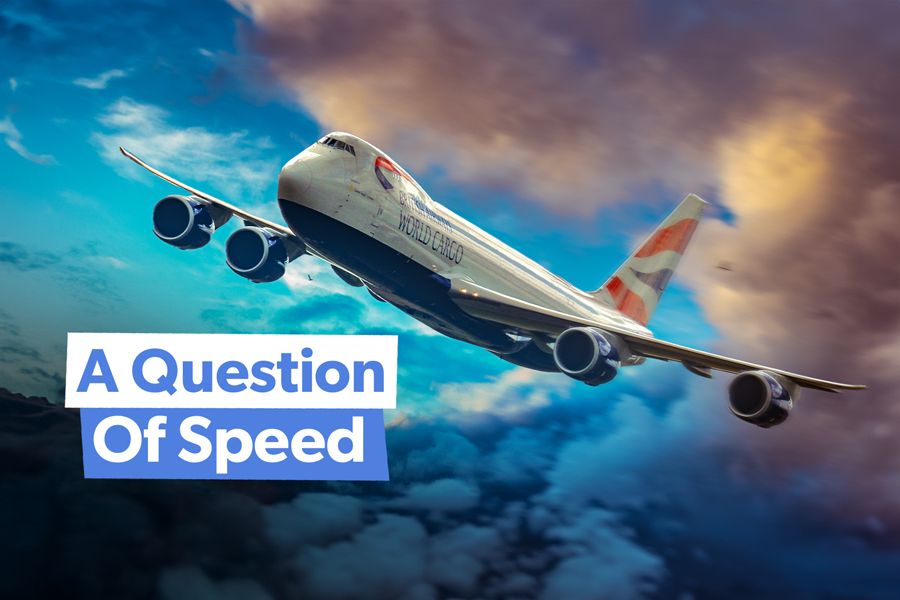
You might also like:
How Fast Is The Boeing 747 Compared To Other Quadjets Throughout Aviation History?
The Boeing 747-8 is one of the fastest widebody aircraft.
Evergreen International Airlines was founded in November 1975, and operated for almost 40 years before going into liquidation in December 2013. Throughout that time, it operated charter and cargo flights throughout the world, as well as a contract with the US Government for military and intelligence work. This included the use of the carrier’s specially-equipped Boeing 747 Supertanker aircraft.
The airline’s Boeing 747s will be a familiar sight to any movie buffs, after one featured in the 1990 film Die Hard 2. Interestingly, that particular 747, registered as N473EV, later suffered an engine separation while operating a cargo flight for Japan Airlines in 1993. The aircraft subsequently remained in service for another eight years.
At the time it ceased operations, the carrier’s vastly reduced fleet consisted of the following aircraft:
- Beechcraft 1900D
- Boeing 747-100
- Boeing 747-40F.
According to data from Air Fleets, N475EV, the Boeing 747 involved in the Evergreen International Airlines incident, was built in 1970 and flew for Pan Am for 21 years prior to entering into service with Evergeen. It went on to fly with the airline for three more years, before moving to fellow cargo carrier Tower Air in 1994, when it was re-registered as N615FF. The aircraft was subsequently acquired by Kalitta Air in 2005, but has since been scrapped.
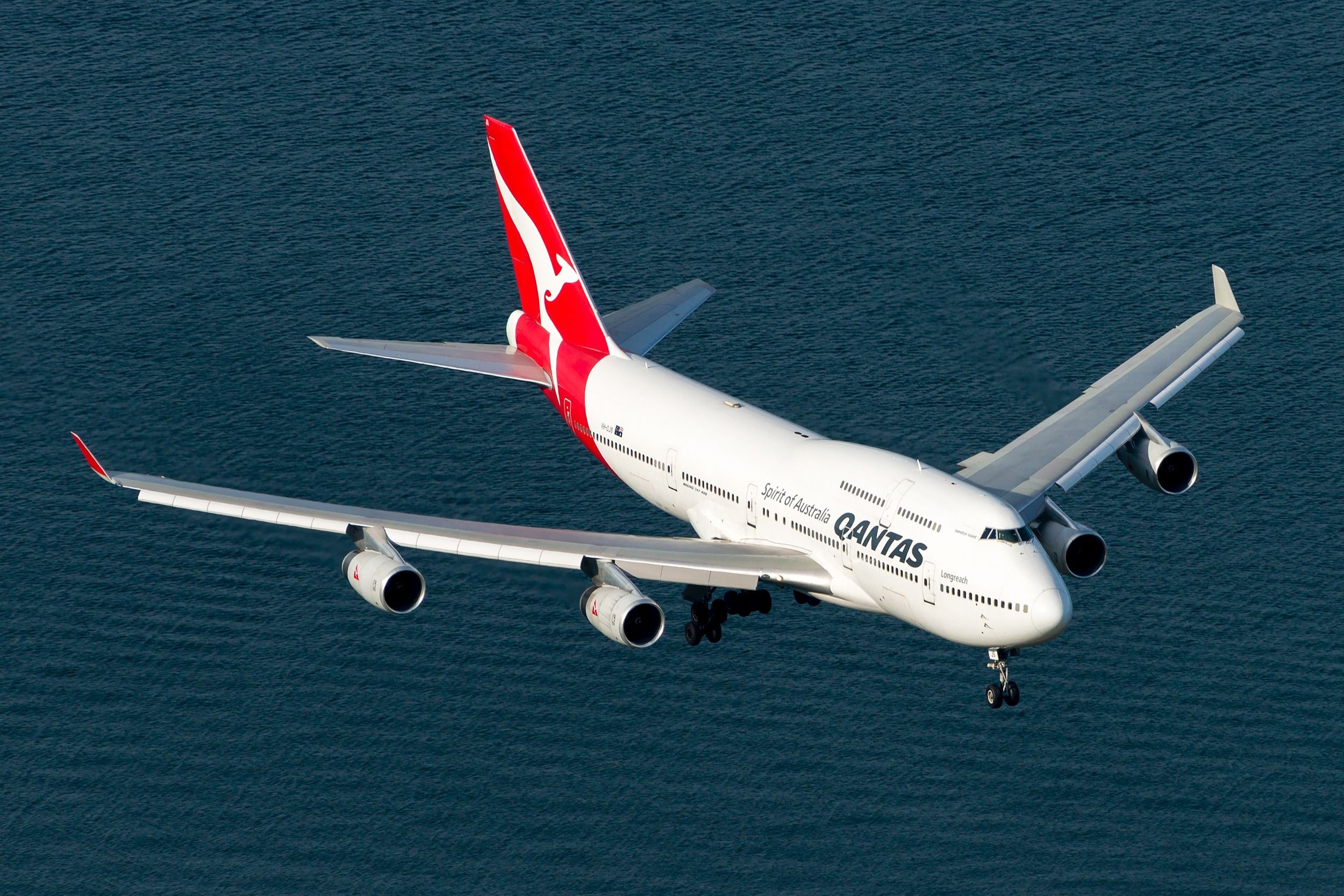
You might also like:
Throwback: When Qantas Flew A Boeing 747 Into A Tiny Regional Airport
In March 2015, Qantas’ first Boeing 747-400 was greeted by onlookers as it made its final flight to Shellharbour Airport.

